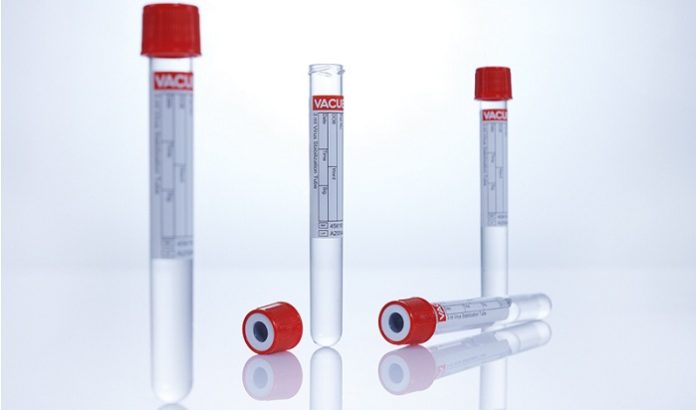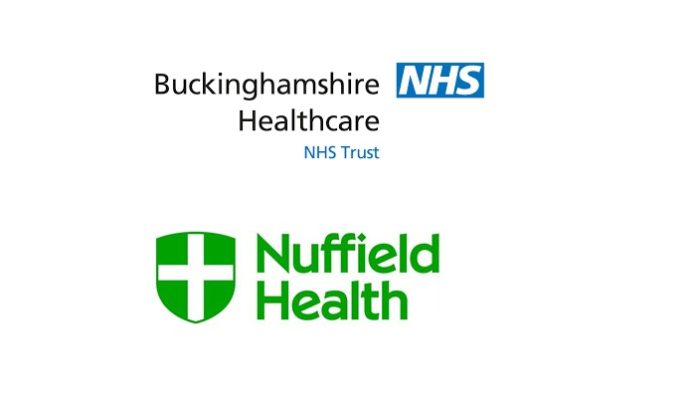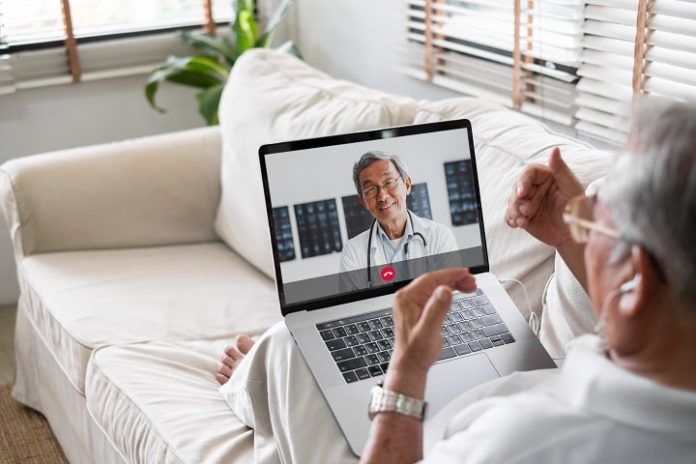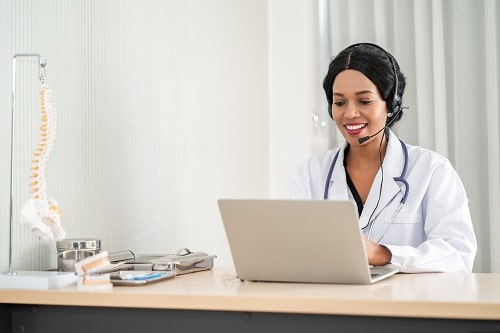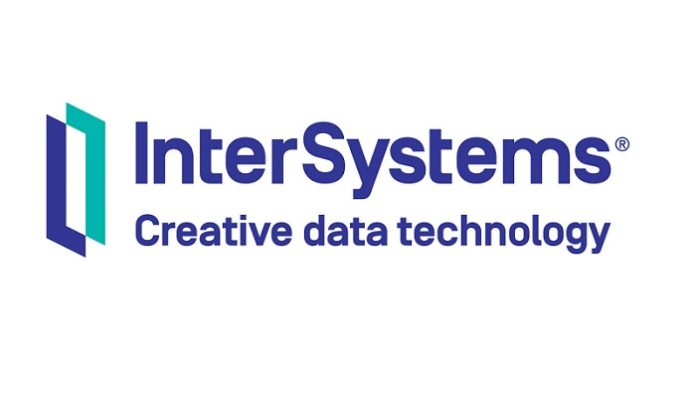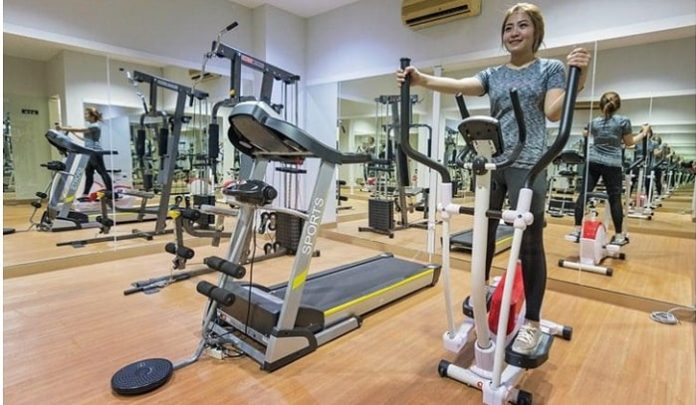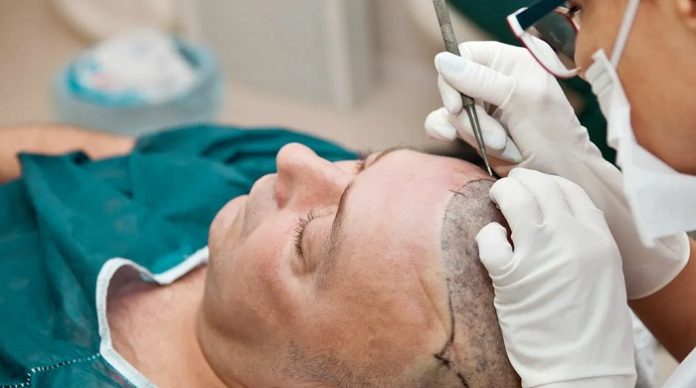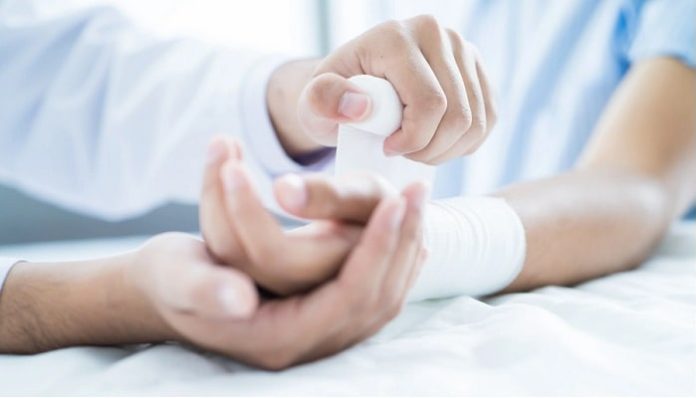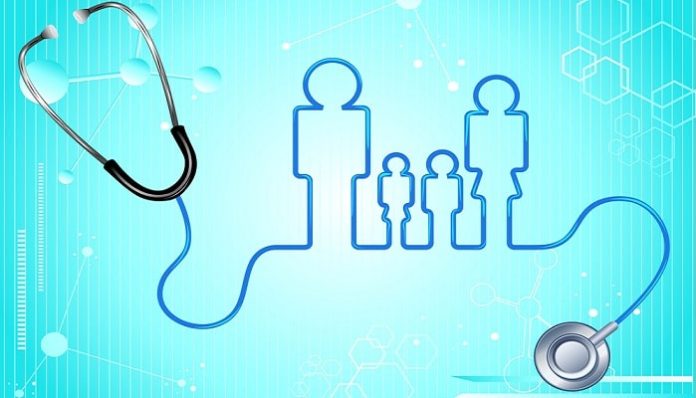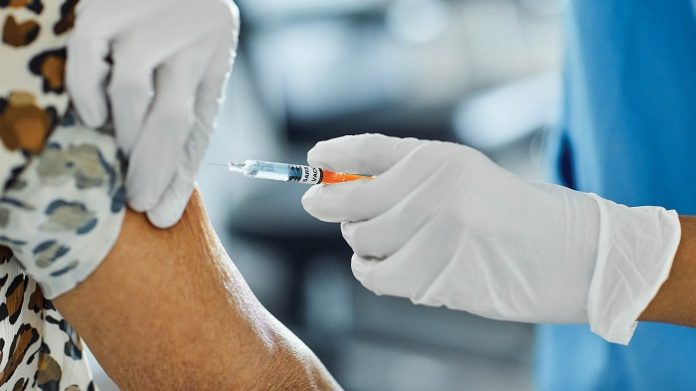The Right Way To Use The Elliptical Machine
An elliptical trainer or cross-trainer has gained considerable popularity in fitness centers and home gyms. The low-impact machine includes the movements for running, walking, or stair climbing. It helps burn calories faster and is even good for people who suffer from joint ache, such as arthritis.
Make sure you know how to use the machine correctly before getting started. There is a variety of ellipticals available that might offer different features and functions. You must understand how to operate the machine correctly for an effective workout and prevent injury.
This article will provide you a detailed guide on the correct use of an elliptical machine. After going through it, you can make the most out of the machine and achieve your fitness goals. So, let’s walk you through it.
Getting The Right Posture
When you get on the elliptical machine, ensure that you position your body in the right manner. Here is what you need to keep in mind:
Hop On The Machine: Be mindful of the moving pedals as you step onto the machine. Many people do not realize it as they get on, and end up losing balance. First, hold the stationary handlebars and then get onto the machine, keeping your foot on each pedal.
Feet Position: Some elliptical machines come with huge pedals, providing your feet enough space around. But you might slide your feet off the pedal. To prevent it from happening, keep your feet in line with the edges of the pedals.
Keep Your Back Straight: It is significant to keep your back straight while using an elliptical. Make sure your abdominals are pushed in and your pelvis a little forward. Keep your head straight up to get the right posture.
Arms Position: You will find some machines having movable arms and others having fixed arms. Most machines come with two sets of handlebars. If you want to have a full upper-body workout, then grab onto the moving handle. However, for a lower-body workout, you may hold stationary arms, providing you balance and correct posture. Make sure to bend your elbows a little for smooth movement.
Let’s Get Moving!
As you set yourself onto the machine, it is time for you to get in motion. Here you will learn the right way of using elliptical equipment. So, let’s take a look.
Begin With Pedaling
The display on the machine will start as you start pedaling and take some steps forward on the machine. Ensure that your knees are slightly bent while you are pedaling forward. Your movement might get disturbed if you lock your knees.
While you are pedaling, move your legs in an oval shape. Bent knees will enable you to go faster on the machine. Further, as you pedal, your arms should swing with the handlebars. When the left foot moves down and your leg is straightened, pull the right handle toward your body. Do the same when your right leg moves down.
Setting Incline And Resistance Level
When you get on the machine, you will find resistance and incline level displaying on it. The increase in resistance level will render the pedals harder. As a result, you will have to push through harder, making your muscles stronger.
Similarly, when the incline level is increased, it will work for your other muscle groups and provide an effective workout. Increase the resistance and incline each after a five minutes interval.
Set your base pace at a level you feel is comfortable for you. You may make changes in your workout routine depending on your fitness goals.
Also, make sure you do not lean into the handlebars as the resistance level is increased. Doing so will not serve the purpose of building your muscles stronger, as you would just lift off the weight of your body onto the handles.
Keep At It
Make sure you set a goal when you start working out. Aim for at least 20-30 minutes as you set your resistance level and start your training session on an elliptical.
If you are performing high-intensity interval training, the least you should target is 20 minutes. However, on days when you feel tired or exhausted, you must listen to your body and reduce your workout to 15 minutes.
Also, bring changes to your workout routine to keep it interesting and engaging. In interval workouts, you may modify the incline and intensity of the elliptical after a few weeks. It will lead you to achieve your fitness goals effectively and keep you motivated as well.

















